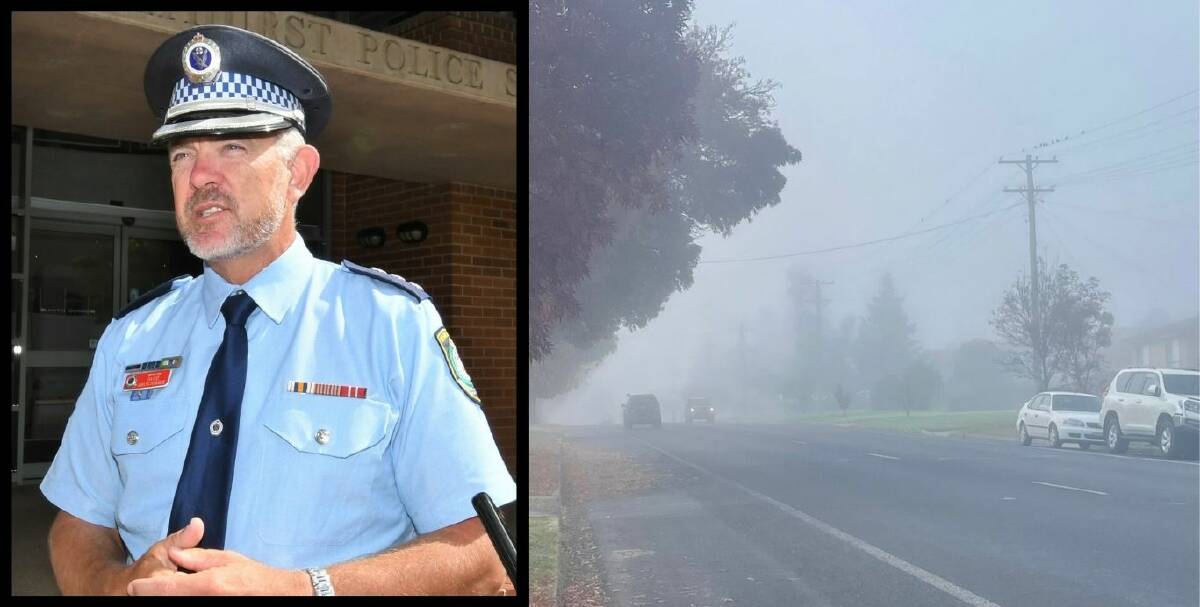
As the mornings begin to get frosty and foggy, road users are reminded to take extra caution when driving.
Subscribe now for unlimited access.
$0/
(min cost $0)
or signup to continue reading
With fog making it difficult to see and black ice on the roads a serious hazard, Chifley Police Inspector David Abercrombie urges everyone to stay vigilant and stay safe.
"I think most people that live around here are used to the conditions so I think they all drive as they need to," Inspt Abercrombie said.
"It's probably more people visiting the area who haven't experienced those conditions before that can come unstuck."
Driving with lights on in the fog is a big preventative measure as it helps other road users to see oncoming vehicles more easily.
MAKING NEWS:
Maintaining a safe distance between vehicles and slowing down when needed are also important factors when driving in heavy fog.
"Maintaining a safe distance between vehicles is a big one in foggy conditions [because] your reaction time is affected when you can't see as well," Inspt Abercrombie said.
While fog is a blatant driving hazard, black ice is not obvious on roads.
Inspt Abercrombie said on any frosty morning motorists should make the assumption that it's likely there'll be some ice on the roads, so it's important to drive accordingly.
Slowing down and paying attention is the best way to combat black ice.
Drivers should have all of their attention directed at the road, to ensure they are best prepared to respond if the vehicle encounters a section with black ice.
"Just pay attention and try not to be distracted by your radio or anything else in the car so that you're ready and in a position to respond if anything does occur," Inspt Abercrombie said.
The advice to people who do encounter black ice on the road is not to slam on the brakes.
Though it's a natural instinct, hitting the brakes suddenly on black ice can make the situation worse.
Instead the advice is to take pressure off the accelerator and try to guide the vehicle through at its own pace, until the wheels gain traction again.
"A natural reaction would be to often jump on the brakes but quite often that can put the vehicle into a bigger skid then what it would already be in from the ice," Inspt Abercrombie said.
Another recommendation during winter is to allow extra time in the morning to make sure the vehicle is safe to drive on the road.
People unable to park their vehicle under cover are encouraged to let the engine run for a while before driving.
This is to allow any ice build-up on the windows and windscreen to defrost prior to travelling, preventing vision issues.
- Bookmark www.westernadvocate.com.au
- Make sure you are signed up for our breaking and regular headlines newsletters
- Follow us on Twitter
- Follow us on Instagram
- Follow us on Google News


